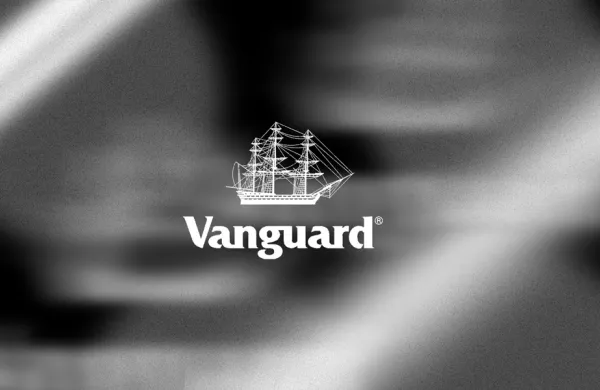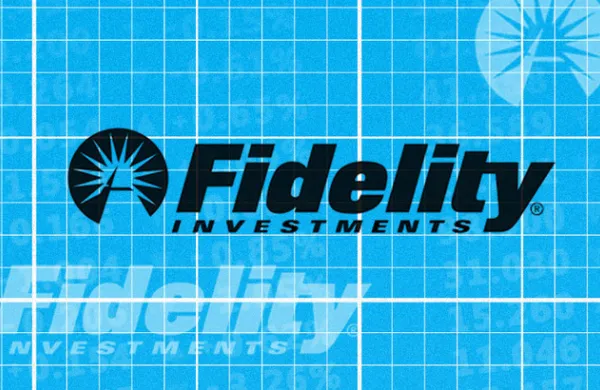Innovator Capital Management, headed by the founders of PowerShares, will next week list the first exchange-traded funds that provide investors exposure to the price return of the Standard & Poor's 500 index, with downside protection.
The new ETFs will list on the Cboe on August 8, according to Bruce Bond, the firm's chief executive and co-founder. Bond and Innovator co-founder John Southard sold PowerShares Capital Management to Invesco in 2006.
Investors can access similar strategies—called defined outcome—through more expensive insurance and banks’ structured products that offer limited liquidity. Innovator's ETFs, which will be subadvised by Milliman Financial Risk Management, or Milliman FRM, will charge a 0.79 percent management fee.
Bond, who re-entered the asset management business last year after retiring in 2009, said in an interview, “there have been structured products and annuities, but they tie your money up and most advisors have stayed away from some of those.” Unlike insurance and bank products, he says advisors will be able to use Innovator’s ETFs in an asset-based fee account.
Innovator’s ETFs are particularly timely given the increasing number of independent advisory firms and brokerages that have adopted some form of the Department of Labor’s Fiduciary Rule. Though the proposed fiduciary regulation is now dead, it required advisors to provide conflict-free advice on retirement accounts and spurred the industry to adopt similar in-house rules on its own.
Innovator will list three ETFs, all benchmarked to new Cboe S&P 500 Target Outcome Indexes. One will provide exposure to the S&P up to a cap, with downside protection of 10 percent; the second is structured the same, but with 15 percent protection; and the third offers 30 percent protection.
All three ETFs have an outcome period of about one year and will reset at that point. The funds will invest the majority of their assets in flexible exchange options, which are customizable, on the S&P 500.
[II Deep Dive: The Cheap and Simple Allure of Listed Options]
Asset managers are taking bigger chances in introducing new products and changing long established practices. The industry knows it’s ripe for disruption from a changing cast of characters, including Facebook, Amazon.com and Google. Earlier this week, Fidelity Investments said it would offer two core index funds for free to investors, ratcheting up a fee war with the Vanguard Group, Charles Schwab, and other asset managers.
Bond said Innovator's new products will require a fair amount of education for advisors and investors, who can buy the ETFs directly.
The firm ultimately wants to offer ETFs that provide exposure to other segments of the market, such as small, mid-cap and international, but there’s nothing planned for the near term.
Bond said he only wanted to get back into the business if he had something unique to offer that would also be disruptive. PowerShares was the first ETF firm to offer smart beta and factor-based funds, a segment of the market that is a continuing threat to active managers.
In April, Innovator purchased two ETFs from Elkhorn Investments, after Elkhorn’s deal with Turner Investments fell through. The ETFs are now called the Innovator Lunt Low Vol/High Beta Tactical ETF and the Innovator S&P Investment Grade Preferred ETF. The company listed its Innovator Loup Frontier Tech ETF based on a rules-based index that tracks the performance of companies influencing future technology, including artificial intelligence and computer perception.







